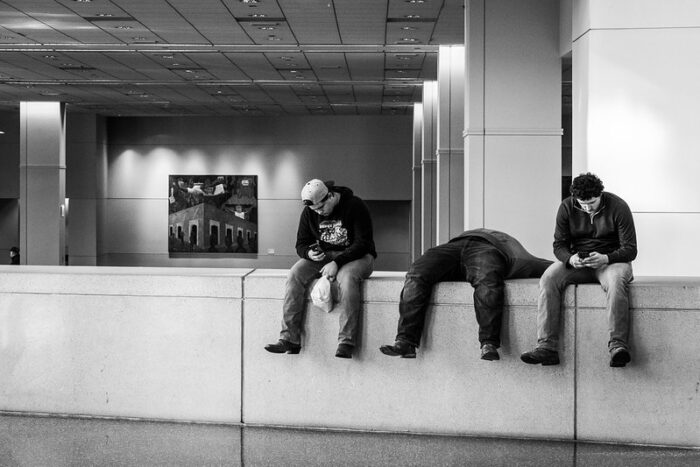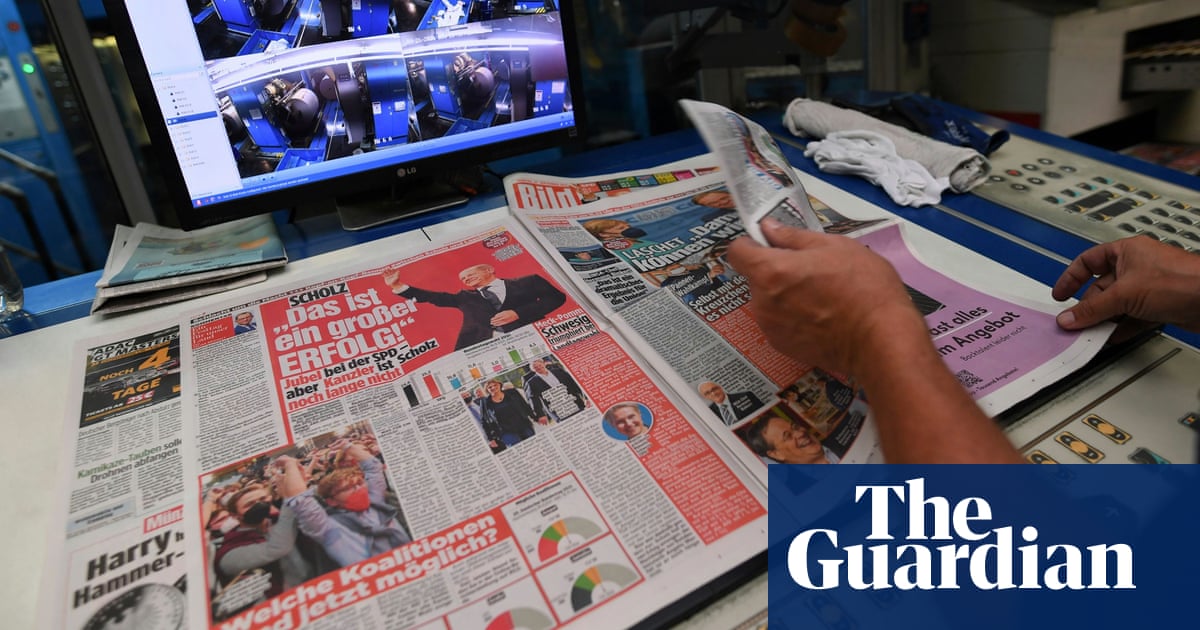- Digital Media Products, Strategy and Innovation by Kevin Anderson
- Posts
- Winning the inbox: Next level tips on demonstrating the value of your newsletter
Winning the inbox: Next level tips on demonstrating the value of your newsletter
PLUS Why young people find news subscriptions a pain and want they want from news media
Simon Owens is one of the media analysts and operators who is working hard to deliver value, and I frequently link to his work on What’s New in Publishing or in this case his Substack newsletter. I recently heard someone describe your inbox and lockscreen as the two most intimate digital spaces that people have. If you demonstrate your value, you will win a place in people’s lives and in these two spaces. Simon gives a few tips that go beyond the standard playbook for driving subscribers to your newsletter. Some of it is reminding us of simple things to do with your newsletter such as making sure you have a welcome note and keeping the images strong. (That’s one of the reasons why I have been using Midjourney because it delivers more engaging images than I can find elsewhere.) It is also worth reading his suggestions about how to make your newsletter more shareable.
What turns off young people from buying subs and how news publishers might re-engage them
We shared this bit of research in the Pugpig Media Bulletin this week (which Mark Coddington and Seth C. Lewis summarised in Nieman Lab). The research asked a small sample (15) of young adults in Norway about their experiences of news subscriptions. My master’s in innovation management gave me a deep appreciation of the kind of research methods that were used here including a media diary that uncovered the media habits of the participants, providing excellent context for their view on news subs. Understanding the pain points that these young adults talked about can help all publishers design better subscription products.
And more insights into how to engage young audiences… The American Press Institute worked with the Associated Press-NORC Center for Public Affairs Research surveyed young people about their news habits and views. What is interesting is that Millennials and members of Gen Z who pay for news are more likely to be civically engaged and that news should facilitate civic discussion. One thing that I found interesting was the rural/urban divide about the importance of civic discussion.
This was an interesting move by the largest newspaper chain in the US. The cynic in me says that Gannett’s CEO did this to try to earn some goodwill with journalists on staff, but it will be an interesting case to watch.
The AI clips the video segments from their livestream so that they can be uploaded to the web more quickly. Interesting, but I think the transcription and auto-tagging are just as important with this technology.
The Guardian launched a process to review AI a few months ago when they found AI ‘hallucinating’ aka making up references to Guardian articles when researchers were using generative AI. Here they outline the results of their months-long project, and the theme that cuts through is how intentional they are in their approach. All and all, they have found a way to engage with AI that is consistent with their values.
Meanwhile, Axel Springer’s Bild is looking to find efficiencies with AI. This will be the twin track that we will see in terms of media and AI. It will be used to deliver efficiencies and increase the volume of commodity of content while also reducing its cost, and it will be used by other businesses in an intentional way to add value for audiences.
And The Conversation lays out why what they heard from Bild’s plans run counter to the core values of journalism.
Chilling. Consistent but chilling.








